By Mikee Reodica, Project Manager
With the new normal causing the sudden acceleration of digital transformation, traditional learning methods had to be reconstructed and innovated. As all sectors – be it schools, businesses, the private and public sector – transition to digital learning, understanding the concept of a learning management system (LMS) will give you a head start in the digital world of learning.

Photo Courtesy of Freepik
But first, what is a learning management system? To simply put it, it is a software application for administering and managing digital learning. It is a streamlined ecosystem where the overall management of online learning takes place – a source where you can create, access, and manage learning content, measure and track learning progress, and store learning data.
Before deep-diving into crafting your own LMS, here are three key questions to ask:
1. What are your learning needs and how can an LMS address those needs?
As with any endeavor, understanding the goals you are trying to achieve will establish a good foundation and provide you with the next logical steps to move forward. Clearly define your goals in setting up an LMS and specify what you expect or require from it. Some common requirements include:
– a universal repository of all learning materials that can be accessed 24/7
– intuitive and simple navigations
– allows for multiple learning approaches: asynchronous and synchronous
– gamification capabilities
– personalized learning path capabilities
– multiple language capabilities
– learner progress data tracking and reporting capabilities
2. Who are the users of your LMS?
The success of any learning management system lies in the user experience. You must understand the situation and capacities of the different users of your LMS – from the target learners, educators and facilitators, to the LMS management staff. What are their demographics? What are their technological capabilities and limitations? Will they have accessibility issues? These are some of the questions you can ask to understand the kind of LMS that would best fit your users and organization. The LMS will only be successful once the users can utilize it in its full capacity.
3. What features and capabilities should my LMS have?
After clearly identifying your goals and understanding your users, knowing the different user journeys and the types of learning content will help you identify the specific tools and applications your LMS would need to meet your goals. Having the right tools integrated into your LMS will enhance and create a seamless experience for all users.
What types of learning materials will the users engage with? What is the most effective learning path for both my users and educators? What are the styles or methods of teaching will the educators use? Some example features and applications that are commonly integrated into an LMS are:
– Microsoft Office Applications such as Powerpoint Presentations, Word, and Excel
– Video embedding capabilities
– Assessment application tools
It is important to put your focus on how the learning management system will fit your organizational needs and your diverse users. The learning management system would only be effective if the various users will understand its capacity, use it efficiently and be able to utilize it to its full potential. Good thing, our team at ASSIST CreativeLab can help you make that happen. Contact us today to learn more about building the right learning management system for your organization.






